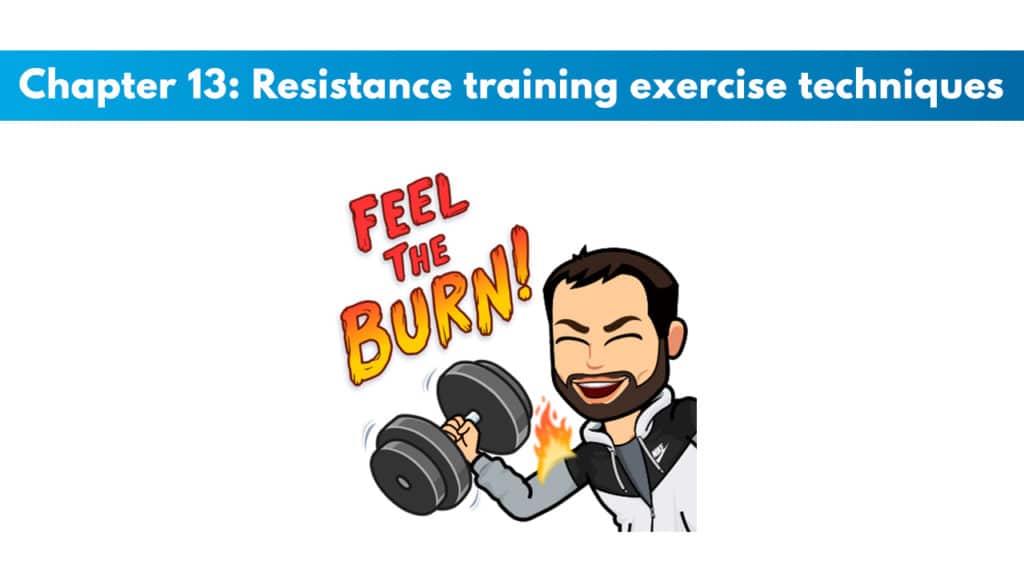
Get your copy of the NSCA CPT exam cheat sheet. It helps immensely for studying for the exam.
Make sure to check out Trainer Academy for premium NSCA CPT study materials. They will reduce study time by 50% and have an exam pass guarantee. Read my full review on them here. You can save $100 on their MVP study system with the code: PTPSUB
Chapter Objectives:
- Know the fundamental techniques for performing and instructing proper form for resistance exercises.
- Discuss the right way to spot situations where that is needed.
- Know the right equipment and apparel for training.
- Find common resistance exercise errors with technique.
Fundamental Exercise Technique Guidelines
Handgrips and Widths
A pronated grip is when your palms are down and the knuckles are up. We also call it the overhand grip.
The supinated grip is with the palms up and the knuckles down. Also called the underhand grip.
A neutral grip is when the palms face in and the knuckles face out like handshakes.
An alternated grip is when one hand is pronated and the other is supinated.
The closed grip is when the thumb is wrapped around the bar and it is fully held b the hand.
Exclusive PTP CPT Offers |
||
|---|---|---|
Gold Standard Cert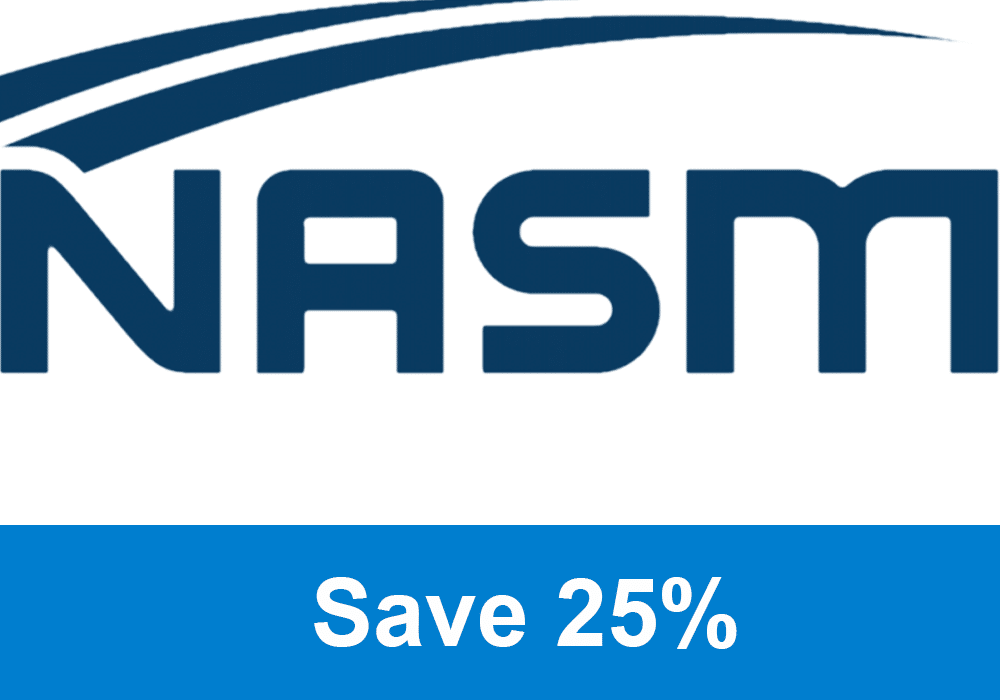 | Most Popular Cert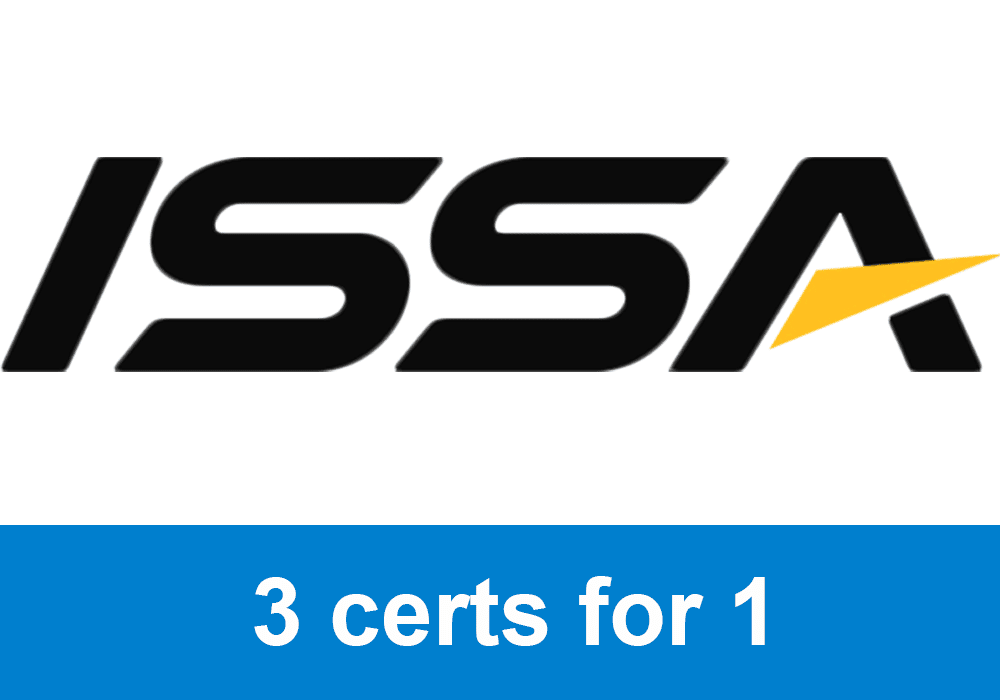 | Best Study Materials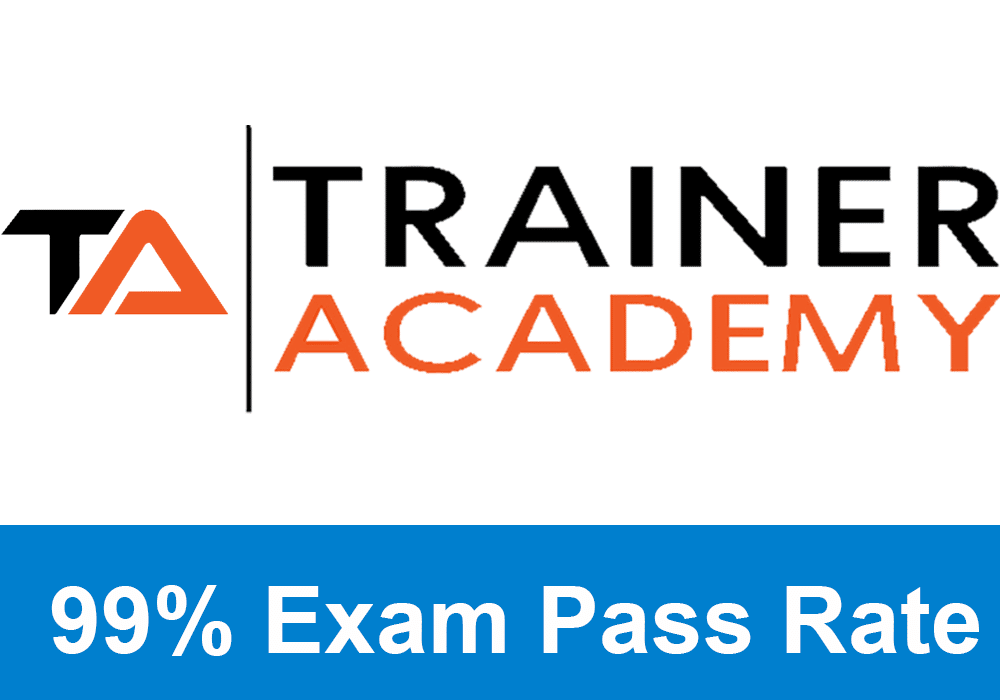 |
A Good Option | A Good Option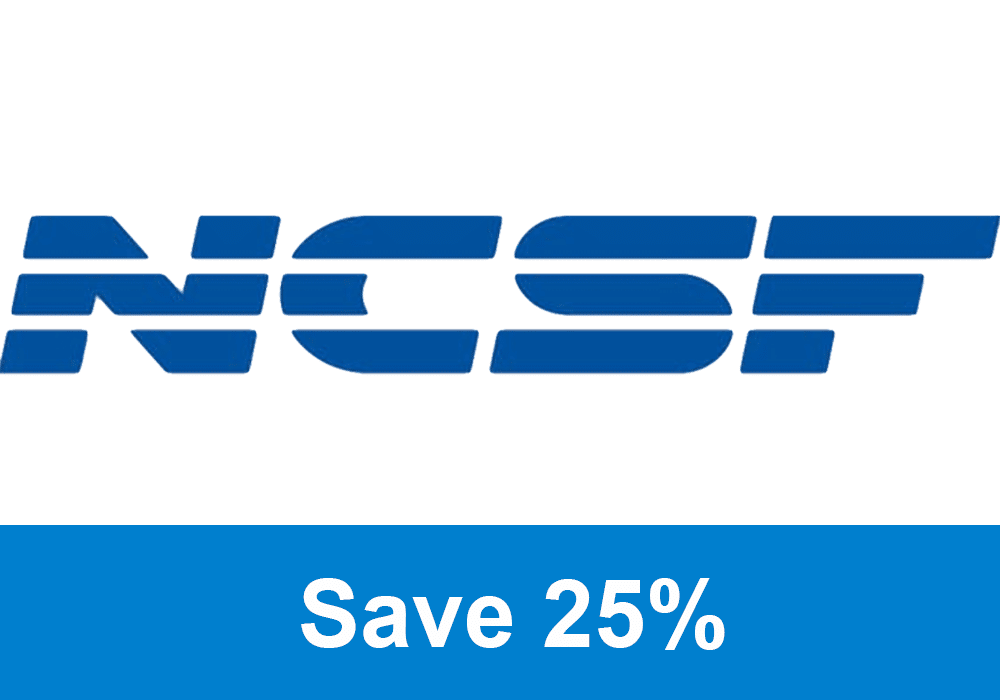 | Best CPT for you? 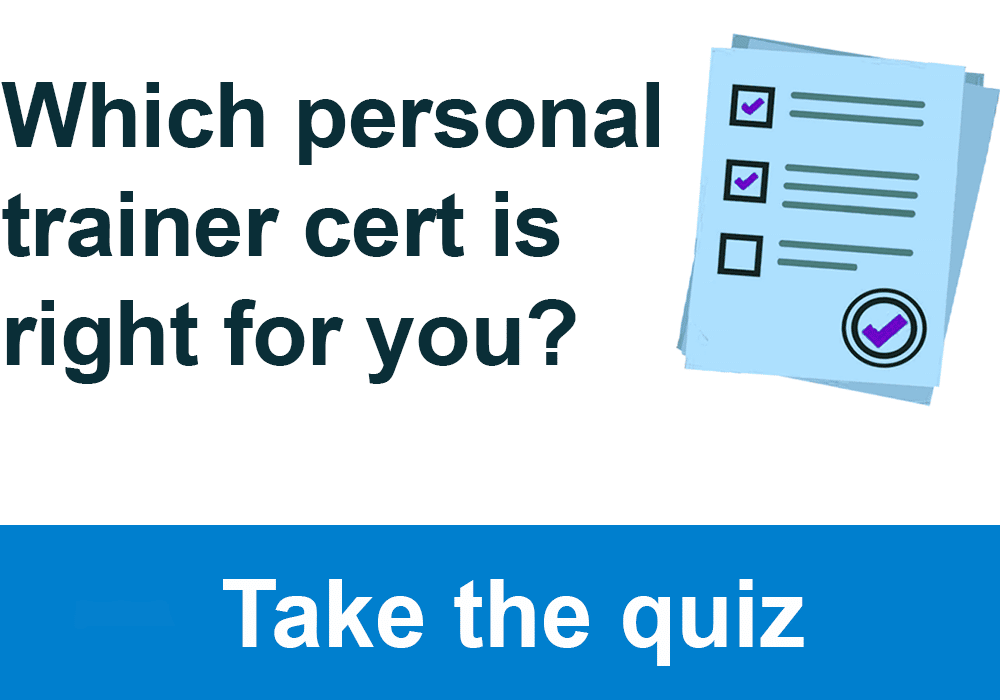 |
The open grip is the opposite of closed when the thumb does not wrap around the bar. Also called a false grip.
The placement of the hands-on bar is known as grip width. We typically have close, hip-width, shoulder width, and wide grip lengths.
Starting Position
Every new exercise demonstration for a client should start with a stable starting position shown.
With standing exercise, we see the position best when you are at shoulder or hip-width with the feet.
With machines, it is important to adjust the seat and pads to the height of the person making a move.
Five-Point Body Contact Position
This is the optimal position of the body when you are performing seated or lying down exercises.
The five points of contact are:
- The back of the head.
- The upper back and the rear shoulders.
- The lower back and the butt.
- The right foot.
- The left foot.
When we are prone and on our stomachs, the five points are: the chin, chest and stomach, hips and front of thighs, right hand, and left hand. This is rarer and specifically for the leg curl and similar moves.
Breathing Considerations
During all movements, there is a sticking point. This is the point in the movement where the exercise is most difficult. This point happens right after the transition in the movement.
Exclusive PTP CPT Offers |
||
|---|---|---|
Gold Standard Cert | Most Popular Cert | Best Study Materials |
A Good Option | A Good Option | Best CPT for you?  |
We inhale when making the lowering motion and then breathe out for the harder part of the motion, which is most of the time raising the bar.
Valsalva Maneuver
Resistance trained clients that perform structural exercises that load the spine or stress the lower back will benefit from holding their breath during the exercise. This is because the Valsalva maneuver builds pressure in the torso and gives you more force in a way. The client will be better able to maintain the proper posture and alignment of the body when doing this.
One way to do this is to inhale in the eccentric portion of the move and then hold through the sticking point, with an exhale after.
The other way would have you inhale before the repetition starts, hold your breath through the sticking point, and then exhale.
Trainers shouldn’t allow clients with known cardiovascular, metabolic, or respiratory conditions to hold their breath during resistance training.
Weightlifting Belt Recommendations
Weight belts are often used to increase intraabdominal pressure and protect the vertebral column. They can contribute to preventing injury in this way.
If clients constantly use weight belts, they may become unaccustomed to supporting the torso. So, when they perform without the belt, they are much weaker than they would have been.
Weight belts are recommended for ground-based, structural exercises involving lifting near max to max loads.
Spotting Resistance Training Exercises
Done mostly with free weight exercise due to the increased risk associated with that training.
Spotters can help to teach form while in the movement, provide safety, or encourage clients and help them to get reps.
Spotting Overhead or Over the face exercises
Barbell exercises
Personal trainers should spot over the face exercises by grabbing the by with an alternated grip so that the bar will not rotate. The trainer needs to be as close as possible to the client. They need to make themselves stand in a stable position for a quick save. Their back should be flat and not rounded.
Overhead exercises being spotted while standing to require the trainer to be taller than the client. If they are not, then they should be done in a seated position.
Dumbbell Exercises
It is important to spot these exercises as close to the dumbbell as possible at the wrists, as spotting at the elbows or forearms leaves a lot of room for something to go wrong and injury to occur in a joint.
Spotting Exercises with the bar on the back or the front of the shoulders
The trainer should be strong enough to take on the weight or there should be more spotters. The trainer should be in a position where they will not impede movement but can quickly hug and lift the client if they cannot complete their rep.
Spotting Power Exercises
These exercises are never spotted as they are too dangerous. They are rapid movements where a lot of things can go wrong.
Number of Spotters
If one person can safely handle the weight as a spotter, one is good, as it doesn’t require communicating with more than one person. With more spotters, the chance of something going wrong increases, but it could also benefit higher weight and even unfamiliar spotting situations.
Communication
This is the responsibility of the trainer and the client. The client, or the person lifting, will tell the trainer when they are ready and then proceed to the starting position. If help is needed, they will signal that to the spotter. The trainer/spotter should assist with putting the weight into the racing position.
If you want assistance wrapping your head around this material, make sure to check out Trainer Academy for some awesome NSCA study materials. They have Practice tests, flashcards, and a fantastic study guide. They even offer an exam pass guarantee.

 Have a question?
Have a question? 



![NSCA CPT vs CSCS - Which Certification Is Best in [year]? 9 NSCA CPT vs CSCS](https://www.ptpioneer.com/wp-content/uploads/2020/03/NSCA-CPT-vs-CSCS.jpg)
![Free NSCA CPT practice test + study guide/flashcards [year] 10 FREE NSCA Study Guide](https://www.ptpioneer.com/wp-content/uploads/2019/09/FREE-NSCA-Study-Guide.jpg)
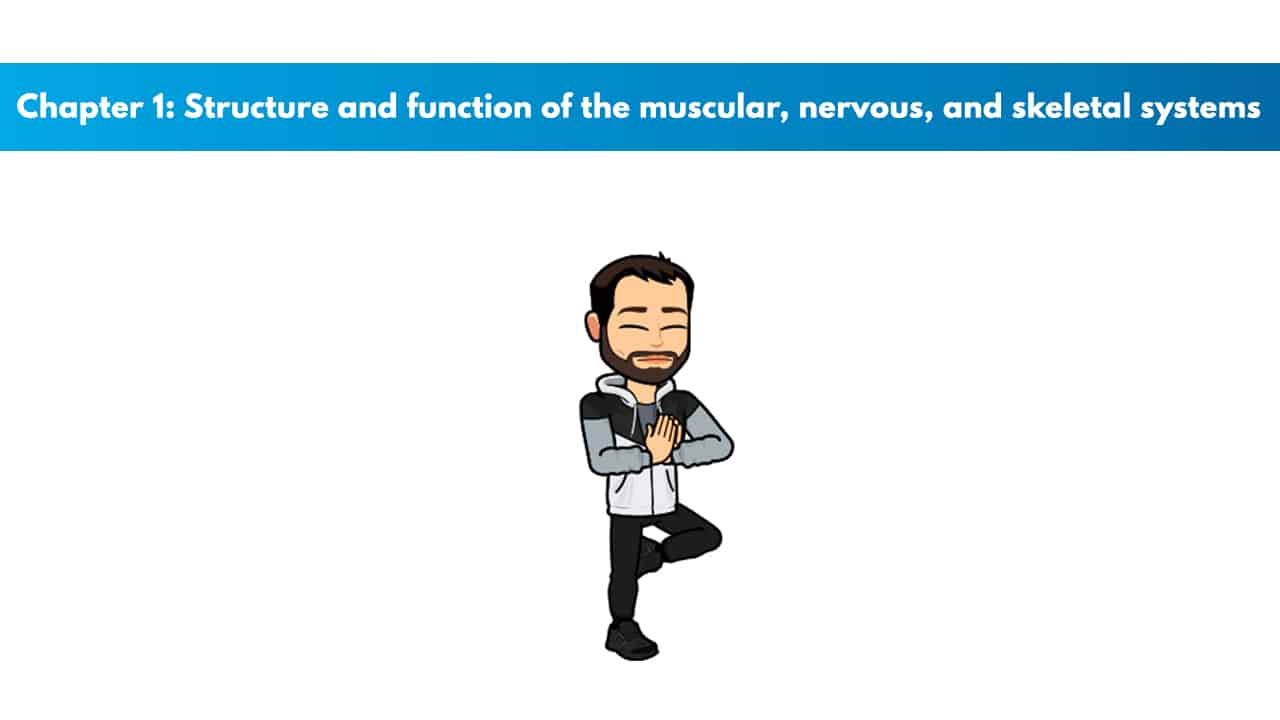

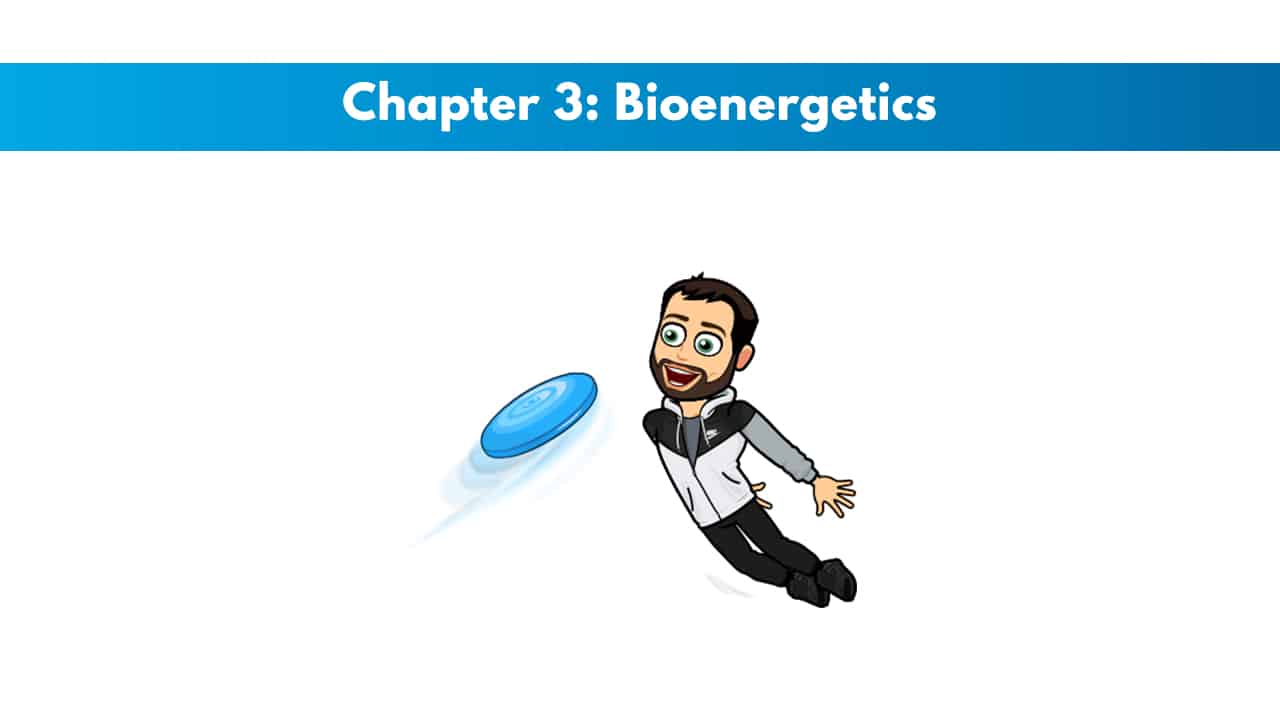


Tyler Read
PTPioneer Editorial Integrity
All content published on PTPioneer is checked and reviewed extensively by our staff of experienced personal trainers, nutrition coaches, and other Fitness Experts. This is to make sure that the content you are reading is fact-checked for accuracy, contains up-to-date information, and is relevant. We only add trustworthy citations that you can find at the bottom of each article. You can read more about our editorial integrity here.